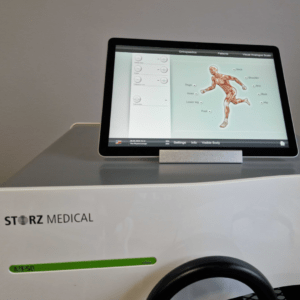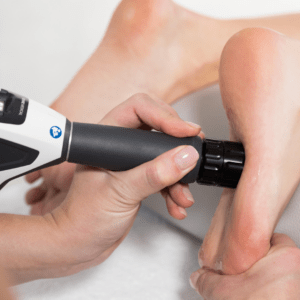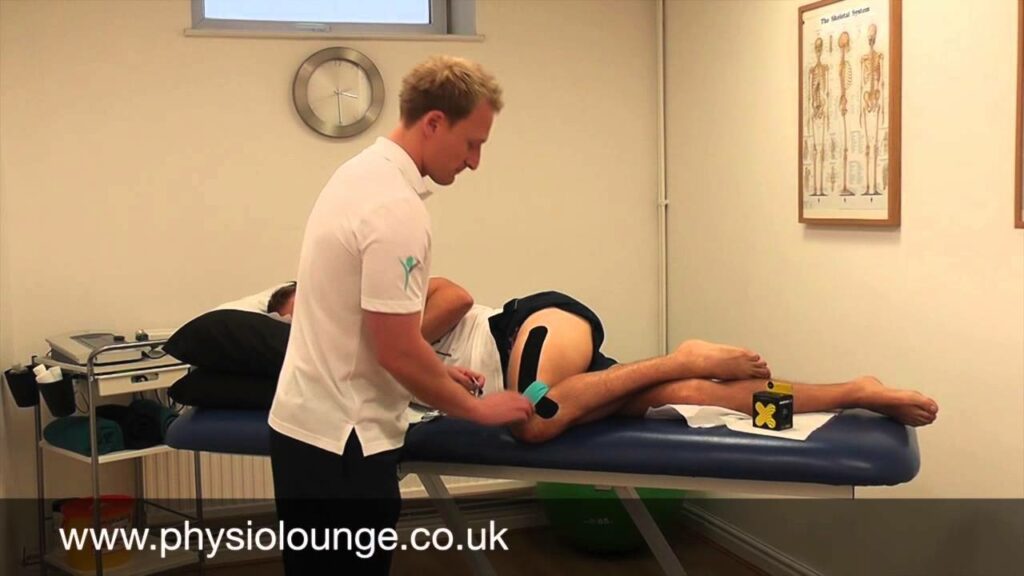Plantar fasciitis, a common cause of heel pain, can significantly impair one’s quality of life and mobility. Traditional treatment options often include rest, stretching exercises, orthotics, and medication. However, for some individuals, these conservative approaches may not provide sufficient relief. Enter shockwave therapy – a groundbreaking treatment modality that is transforming the management of plantar fasciitis.

Understanding Plantar Fasciitis
Before delving into shockwave therapy, let’s first understand what plantar fasciitis entails. The plantar fascia is a thick band of tissue that runs along the bottom of the foot, connecting the heel bone to the toes. When this tissue becomes inflamed or irritated due to excessive strain, it can result in heel pain, especially with the first steps in the morning or after prolonged periods of rest.
The Limitations of Traditional Treatments
While conservative treatments like rest, ice, stretching, and orthotics can provide relief for some individuals with plantar fasciitis, others may find these measures inadequate, particularly if the condition is chronic or severe. Corticosteroid injections may offer temporary relief, but they come with potential side effects and the risk of tissue damage with repeated use. Surgery is typically considered a last resort and is associated with inherent risks and a prolonged recovery period.
Enter Shockwave Therapy
Shockwave therapy presents a promising alternative for individuals who have not responded to conventional treatments or wish to avoid more invasive options. This non-invasive procedure utilizes acoustic waves to target the affected area, stimulating the body’s natural healing response and promoting tissue regeneration.

How Shockwave Therapy Works for Plantar Fasciitis
During a shockwave therapy session for plantar fasciitis, high-energy acoustic waves are focused on the heel and sole of the foot, specifically targeting the inflamed plantar fascia. These waves create microtrauma within the tissue, triggering the release of growth factors and promoting blood flow to the area. Over time, this process helps to reduce inflammation, break down scar tissue, and stimulate the repair and regeneration of damaged tissue.
The Benefits of Shockwave Therapy for Plantar Fasciitis
-
Non-Invasive: Shockwave therapy is performed on an outpatient basis and does not require incisions or anesthesia, minimizing the risk of complications and allowing for a quicker recovery compared to surgical options.
-
Pain Relief: Many patients experience significant pain relief following shockwave therapy, with improvements often noticeable after just a few sessions. This can enable individuals to resume their daily activities with reduced discomfort.
-
Improved Function: By promoting tissue healing and regeneration, shockwave therapy can help restore normal foot mechanics and improve mobility, allowing individuals to walk, stand, and exercise more comfortably.
-
Long-Term Results: Studies have shown that the benefits of shockwave therapy for plantar fasciitis can persist in the long term, with many patients experiencing sustained relief and improved function even months after treatment.

Conclusion
Plantar fasciitis can be a challenging condition to manage, particularly when conservative treatments fail to provide adequate relief. However, with the advent of shockwave therapy, individuals now have access to a non-invasive and effective treatment option that can alleviate pain, improve function, and promote healing. If you’re struggling with plantar fasciitis, consider discussing shockwave therapy with your healthcare provider to determine if it’s the right choice for you. With its potential to revolutionize plantar fasciitis treatment, shockwave therapy offers new hope for individuals seeking lasting relief from heel pain.
To book your assessment now, click HERE or get in touch at hello@physiolounge.co.uk
We can’t wait to welcome you,
Team TPL



